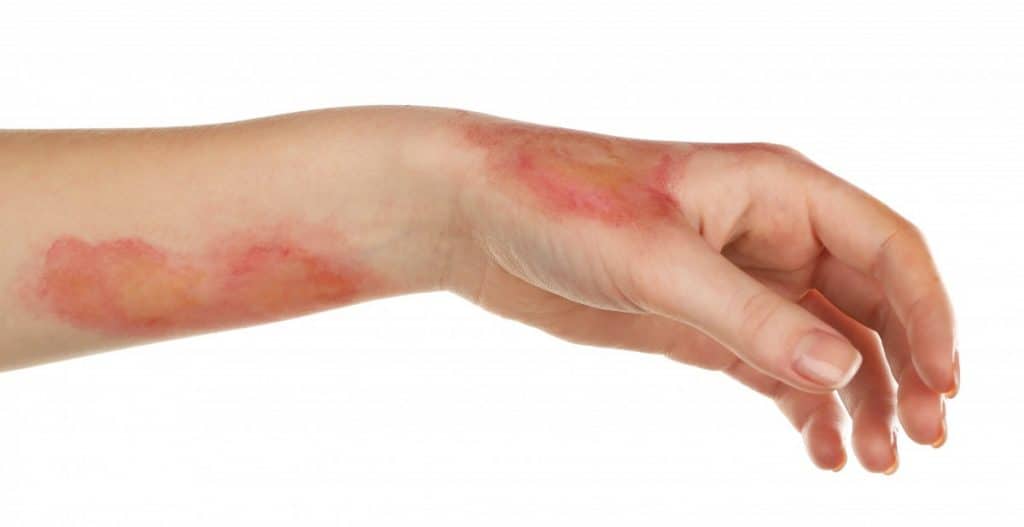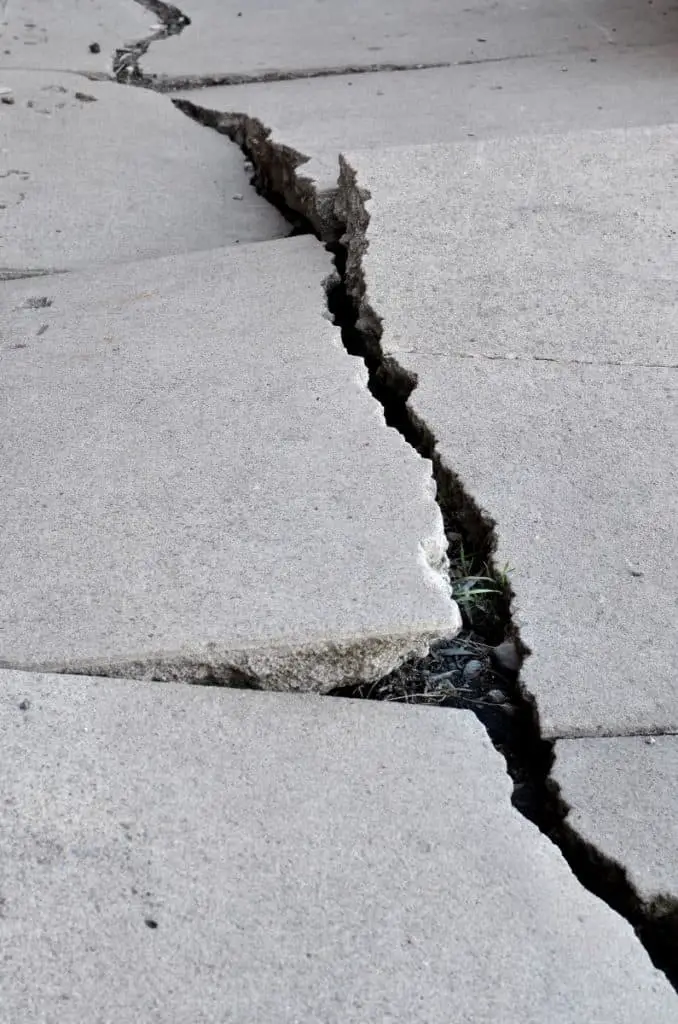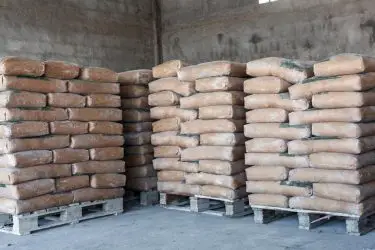Most everyone in the summer months has touched concrete that was too hot and has been forced to experience the pain of burning. That being said, many things that hurt won’t actually cause an injury.
While concrete can reach temperatures high enough to cause pain in extreme heat, it would take a few minutes of sustained contact for that pain to become a burn. However, other forms of pavement can be hot enough to cause burns after only moments of contact.
For most people, this will never become a serious problem. However, taking a fall or sitting down on a hot surface without wearing a lot of clothes can actually be dangerous because of how hot they can get.

Table of Contents
Why Do Pavements Get Hot?
The air temperature itself on the planet Earth rarely gets hot enough to cause people to burn. So why can materials like concrete and asphalt get so much hotter than the air around them?
The answer is sunlight. Sunlight refracts through the earth’s atmosphere and can either end up sticking around the earth’s surface or reflecting back into space.
That solar energy that stays on the earth can end up in two possible places: bouncing around in the air or absorbed into some physical object.

A lot of the heat and light that hits the earth just gets reflected back into the air. If you’ve ever noticed how much hotter it is in a big city than it is out in the country, you’ve seen this principle at work.
Light-colored concrete roads and sidewalks are fantastic at reflecting heat into the air, and tall insulated buildings are also good at making heat less likely to disperse.
This makes densely populated areas with lots of paved walkways a few degrees hotter than surrounding areas.
Some materials are pretty good at not absorbing too much heat. living things like plants and animals need to maintain a healthy temperature, so they tend to be especially good at this.
Soil and water also tend to be pretty good at dispersing the heat they absorb over a large space, which keeps them fairly cool.
Rocks, metals, and plastics on the other hand have opposite tendencies.
Under sustained sunlight, they will often absorb enough energy to be tens of degrees higher than the air around them. Pavements like concrete or asphalt are this kind of substance.
There is also another reason why concrete gets so hot, which you could read more about by clicking on the link.
How Hot Does Something Need To Get To Cause A Burn?
Technically, human skin becomes susceptible to burning around 111 Fahrenheit (43 Celsius). However, unless you are very old or very young risks are actually very low, even at these temperatures.
Even in temperatures as high as 120 Fahrenheit (49 Celsius), it takes a few minutes to receive a burn from a hot surface like concrete, although it should be noted that this time is significantly lower for contact with hot water.
However, around 140 F (60 C), burns tend to form very quickly and severely. sustained contact with a surface this hot can cause a second degree burn pretty easily.
Temperatures higher than this are unlikely to occur in pavement materials under normal circumstances.
How Hot Can It Get?
In a study by Marcia Breithaupt of LHAPS.com, surfaces in sunny south Florida were measured and cataloged in ambient temperatures of up to 95 Fahrenheit (35 Celsius).
Here’s a link to download that study, which was taken for the purpose of determining whether or not it was safe to walk dogs on sidewalks in hot weather. Source.
In the article, three common surfaces were shown to be especially susceptible to heating up: concrete sidewalks (the article conflate concrete with cement), red brick, and blacktop (a substance similar to asphalt).
Concrete reached all the way to 125 F (52 C). Sitting on concrete this hot for only a few minutes could potentially cause injury, and in higher ambient temperatures this temperature is liable to increase significantly.
Blacktop and red brick, however, reached temperatures in excess of 140 Fahrenheit (60 Celsius), which is the threshold for quick and severe burning. At this temperature, it may take less than a second for a burn to form on thinner parts of the skin.
Not only that, but this temperature could also increase significantly with the ambient temperature.
This is very dangerous! If you fall on blacktop in hot weather and you’re only wearing light clothing, you may recieve a burn before you can even stand up!
The study points out that this can be particularly dangerous for animals like dogs and cats, as they often walk directly on the pavement and can quickly end up with serious burns on their paws.
Difference Between Concrete And Asphalt

Note the difference in coloration

There are a couple of reasons for this disparity. The most obvious one is the color of these two materials.
Concrete is a light, sometimes even white color, meaning that it reflects a lot of the light that hits it back into the air. This helps concrete stay a few degrees cooler than other materials that absorb heat similarly.
Asphalt and blacktop, on the other hand, are black. Black materials tend to absorb most of the light that contacts them, turning that light into heat. This means that darker materials like blacktop heat up faster and sustain higher temperatures.
Concrete also tends to be thicker than asphalt or blacktop and require more energy to start heating. Because of this, concrete takes a longer time than other materials to hit the highest temperature it’s going to hit in a day.
That being said, concrete can still reach temperatures that are dangerous for young children and very old people even when it’s only about 95 F (35 C) outside.
It’s important to be careful in the heat. Along with dehydration, heatstroke, and sunburn, you should try to remember that the surfaces around you can also be a source of potential danger.




1 thought on “Can Hot Concrete Burn Skin?”
Comments are closed.